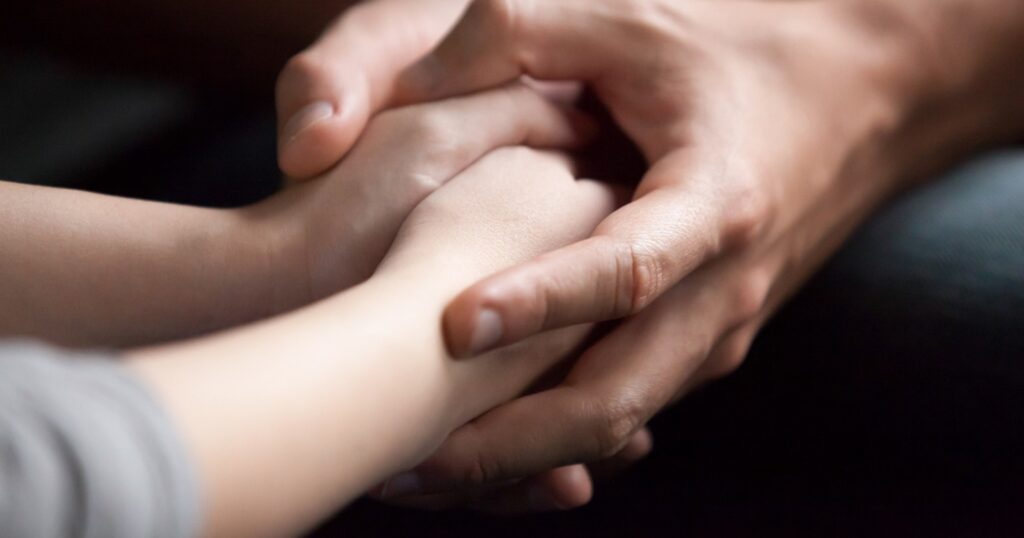Most parents have experienced comforting their children after nightmare episodes. But have you seen an episode of what’s known as a night terror? A night terror is like nightmares but is far more dramatic. Though nightmares or terrors can be alarming for parents who witness them, they are not usually signs of a deeper medical issue.
What are the features of nightmares?
Children who wake up from nightmares are terrified of going back to sleep. Even though there may be no recognized cause, your child may experience nightmares after seeing or hearing disturbing things. These may be fictitious or real-world occurrences. Nightmares frequently correspond to a child’s developmental stage: young children may dream of being separated from their parents, monsters, or the dark, and school-aged children may dream of death or actual hazards.
How to assist a kid who has nightmares:
- Your child needs to be reassured and comforted.
- Encourage your kid to discuss their awful nightmares throughout the day.
- Keep your child away from scary movies, TV shows, and other media.
- Open the bedroom door (never close the door on a fearful child).
- Offer a comforting “security blanket” or toy.
- Allow your child to sleep in their bed once more.
- Don’t waste too much time looking for “the monster.”
- Before putting your child to bed, talk to them about cheerful or enjoyable things.
- Read some tales to your child on overcoming nocturnal phobias.
What are the features of night Terrors?
A child who experiences a night terror will abruptly arise from sleep and feel afraid. Although the reason is unknown, fever, lack of sleep, or times of emotional tension, stress, or conflict frequently produce night terrors. Night terrors are similar to nightmares, with the exception that nightmares are more frequent in the early morning and typically happen during rapid eye movement (REM) sleep. The first hour or so of the night is when night terrors usually occur. Additionally, although they are prevalent in children aged three to five, night terrors are most common in preadolescent boys.
Common characteristics of a night terror include abrupt arousal from sleep, panic, or fear at night. Screaming, sweating, confusion, fast heartbeat, no nightmares, or unpleasant dreams to recall, and hard to comfort.
How to assist a child having a night terror episode:
- Help your child get back to sleeping if you can. Never attempt to wake up your child. Make calming remarks. If your child seems to benefit from being held, do so. Your child can get more upset if you shake or yell at them.
- Prevent harm. A child experiencing a night terror may trip and fall, dash into a wall, or smash a window. Attempt to help your kid to go back to bed gently.
- Babysitters should be prepared for these episodes. People who look after your child should be informed about night terrors and what to do in their presence.
- Ensure that your child goes to bed at a consistent time and early enough to get enough rest. Younger kids might need to resume taking naps every day.
An insight from mamahood
Do not panic during these common sleep issues, and always be next to the child during the episodes; some children might need psychological assessment and management, but no medication is recommended to treat them.








